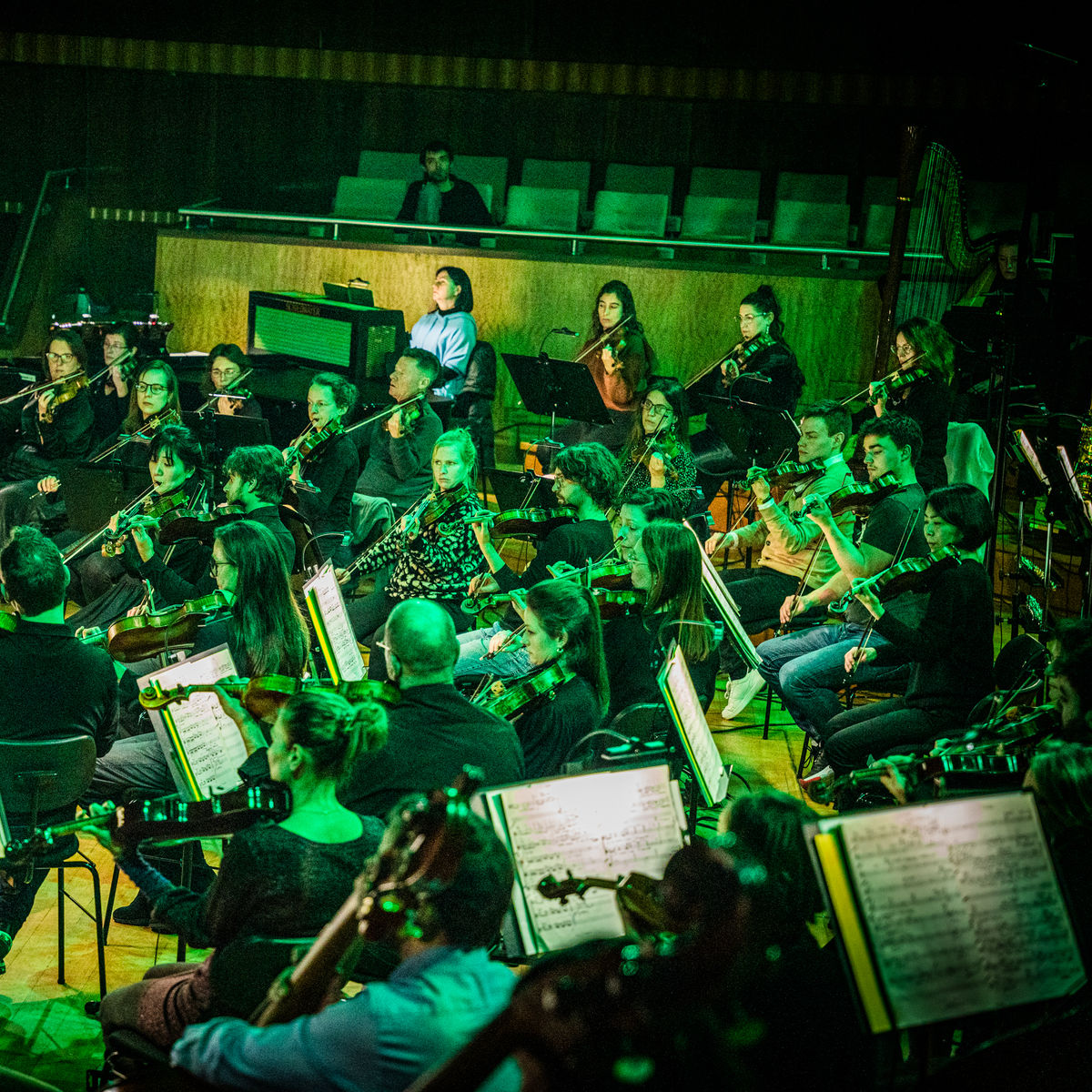Tragic fate
From 1885, Strauss took a different approach. After meeting Alexander Ritter, a well-known composer and violinist and the husband of one of Richard Wagner’s nieces, he focused on composing large-scale works with literature as one of the main sources of inspiration. Between 1886 and 1888 he composed the four-part Aus Italien and Macbeth, only to break through one year later with Don Juan. Tondichtung (nach Nicolaus Lenau) für großes Orchester, op.20.
The Don Juan that Strauss evokes in his eponymous tone poem is not the unscrupulous skirt chaser in the popular imagination. Strauss found his inspiration in the unfinished poem by Nikolaus Lenau, which he had come to know during a performance of the play Don Juans Ende in 1885, in the company of Von Bülow. In Lenau’s poem, the main character is driven by a desire for the feminine ideal. However, when he realises that this desire will never be completely fulfilled, he sees death as the only solution. The music in Strauss’ composition evolves from confident and romantic melodies to a lamenting and tragic finale with a wave of brass and percussion. At the end, three pianissimo chords resound: Don Juan’s fate is sealed.
When the score was published, Strauss included three fragments from Lenau’s poem. However, he himself never foresaw a clear plot description; he preferred to leave that to the listener’s imagination. And although a number of lines from Lenau’s poem are explicitly erotic, that was not what Strauss cared about. What did matter was the philosophical idea behind the story of this tragic hero: the pursuit of ideal love.
A human hero
In the programme notes for the premiere of Ein Heldenleben, op. 40, Strauss indicated that the subject of his tone poem ‘sketched not a single poetical or historical figure, but rather a more general and free idea of a great and manly heroism’. Strauss penned the first sketches of this large-scale work as early as 1897, while still composing his earlier symphonic poem Don Quixote. He described these first fragments as ‘a desire for peace after the struggle with the world; refuge in solitude: the idyll’. He completed the work at the end of 1898 and dedicated it to conductor Willem Mengelberg and the Amsterdam Concertgebouworkest (although the premiere took place in Frankfurt on 3 March 1899). Ein Heldenleben consists of six parts, which are played consecutively without a break. Strauss originally gave the parts a title, only to remove them again before the publication of the score. Consecutively, they are as follows: the hero – the hero’s adversaries – the hero’s female companion – the hero at battle – the hero’s works of peace – the hero’s withdrawal from the world and fulfillment.
The reactions of the public and the press after the premiere were mixed. Those who read it as an autobiographical work found the composer conceited. According to Strauss, it was ‘only partially true’ that he identified himself with the hero. In a letter to Romain Rolland, he admitted that he found himself ‘no less interesting than Napoleon’. But beneath this self-confident layer are also indirect links to the philosophy of Nietzsche and his concept of the Übermensch, an idea that very much preoccupied Strauss. He saw his two symphonic poems Don Quixote and Ein Heldenleben as counterparts of each other, only to be fully understood when placed in juxtaposition. Whereas the heroism in Don Quixote is purely fictional, it is human and worldly in Ein Heldenleben. It reflects the eternal inner and outer struggle of the individual, who seeks solace in love. Strauss said, ‘I am not a hero. I don’t have the strength for it. I’m not fit for the battle. I prefer to stay in the background, in a quiet place.’




